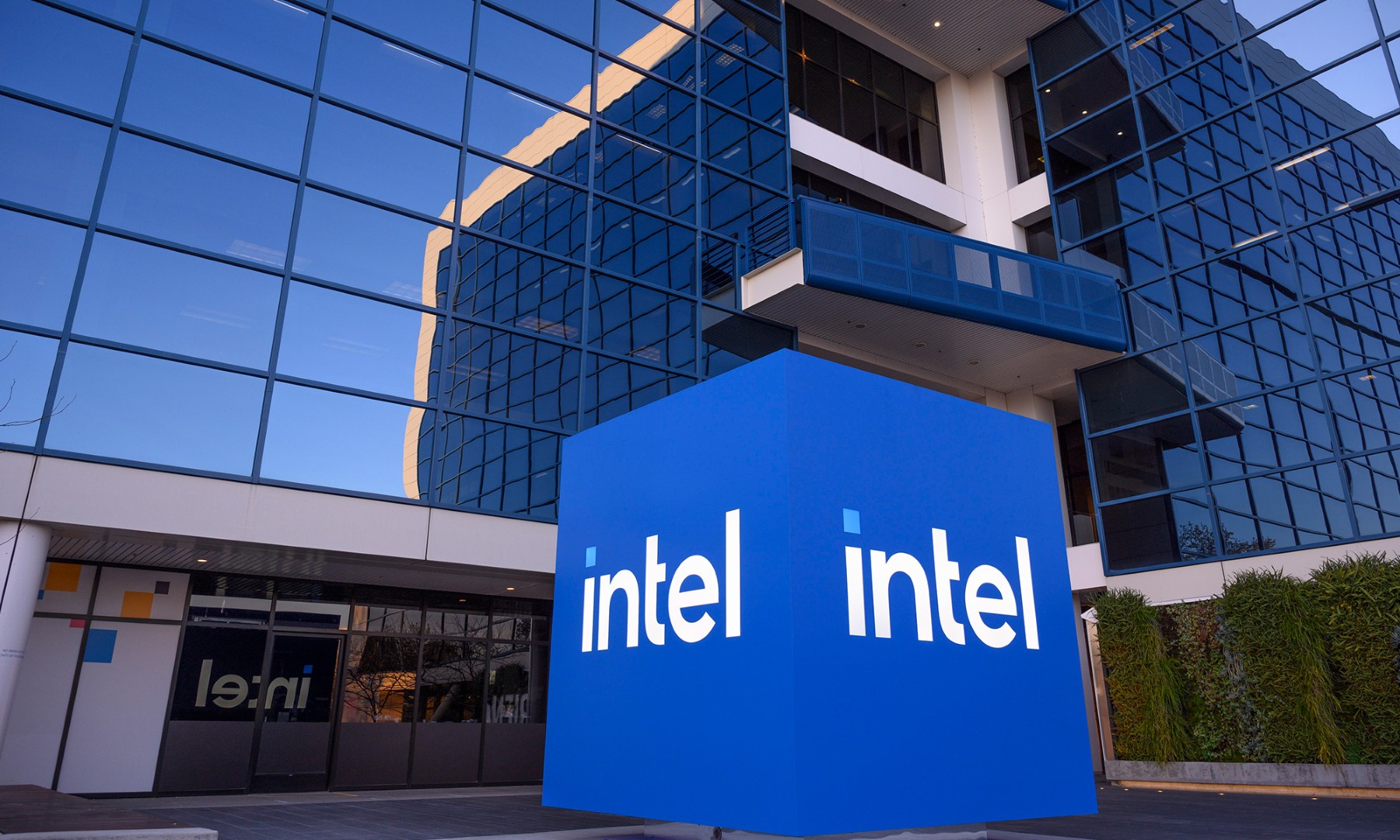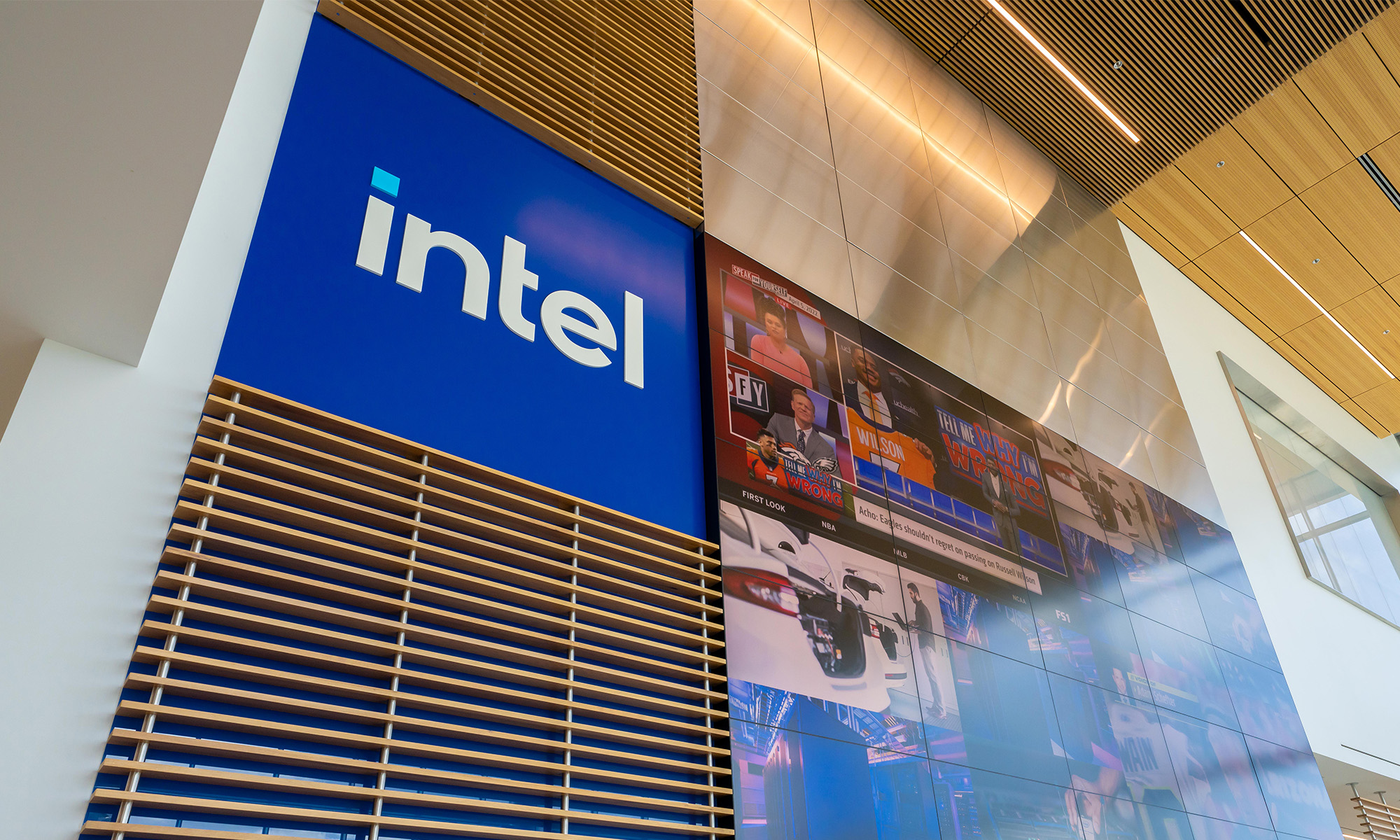While Intel (INTC +1.75%) is well known for being late to the mobile game, it has been fighting with a vengeance to get caught up. It's not easy competing with juggernauts like Qualcomm (QCOM +3.53%), which not only have a technical lead in mobile, but have the customer relationships and understanding of just what the customers want. That said, Intel's product lineup -- in particular for smartphones -- still needs some work before it truly has a chance of fighting the likes of Qualcomm for meaningful design wins.
It's not about the CPU core
A lot of people like to think that if Intel were to simply license processor designs (or the instruction set architecture to build its own processor) from ARM Holdings (ARMH +0.00%) that this would fundamentally remove the barriers keeping Intel from participating in this $18 billion (and growing) market. This actually isn't the case. The strongest part of Intel's current mobile lineup is the company's custom-built Silvermont CPU core.
Indeed, in my prior analysis, you can see that in real-world, CPU-limited tasks, Intel's Atom Z3580 -- which features four Silvermont cores running at 2.33 GHz -- compares favorably to quad core Krait 400 and Krait 450 cores from Qualcomm:

Source: AnandTech, Intel.
So, if the CPU performance is strong and licensing ARM wouldn't fundamentally change the equation, then what's the problem here?
Modems, integration, and time-to-market
When it comes to the smartphone chip market, platform cost and "smartphone-related" feature integration are key considerations for any device vendor. Intel's products are fine from a compute/graphics perspective, and while Intel's imaging/camera technology currently trails Qualcomm's, what Intel has today is still good enough for the vast majority of phones.
The problem, of course, is in the modem (specifically, the fact that it's not integrated into the apps processor) as well as the time-to-market for Intel's smartphone platform solutions.
For example, Intel's Moorefield (Atom Z3580) compares very favorably to the Snapdragon 801 in terms of compute performance, but it doesn't have a competitive modem built in.
This wouldn't have been a deal-killer if the company's discrete XMM 7260 LTE-Advanced modem had been ready to go along with the apps processor, but it appears that XMM 7260 is slightly late and XMM 7160 (the currently available LTE modem from Intel) just isn't competitive with Qualcomm's integrated solution. There are a lot of parts that a company needs to get right to deliver a competitive applications processor solution.
Can Intel get it right?
Intel has the massive R&D budget and the technical prowess to become much more competitive in this market. However, the company needs to better align its product release cycles to coincide with the launch of significant smartphones if it is to have a hope of winning these designs. Additionally, it needs to more aggressively design these chips to the specification that the handset vendors want.
These are all issues that Intel's management team has acknowledged, but it is unclear as to how quickly Intel can realign its product roadmaps to better suit the market. The company has promised its SoFIA products (integrated 3G/LTE and apps processor) aimed at the very low end of the market for the first half of 2015.
This will help, but remember that Intel will be building these chips at TSMC and won't transition those products internally until early 2016. Further, Intel's expertise in computing really lends itself well to parts of the market where performance matters (i.e. mid-range and high end), so a presence there sooner rather than later would be ideal.
Foolish bottom line
At this point, it looks as though Intel's next chance to make a play for the mid-range and high end will come with the firm's new platform codenamed Broxton scheduled to hit the market during the second half of 2015. Given that Intel "launched" Merrifield and Moorefield in February and the first designs will trickle out in July and August for these platforms, respectively, expect that Intel's Broxton will be targeted at smartphones hitting the market in the first half of 2016.
Only time will tell if this will be the part that finally puts Intel on the map or if it, like Medfield, Clover Trail+, Merrifield, and Moorefield before it, simply arrive to the market too late and/or without the necessary features to truly make a mark on this market.







